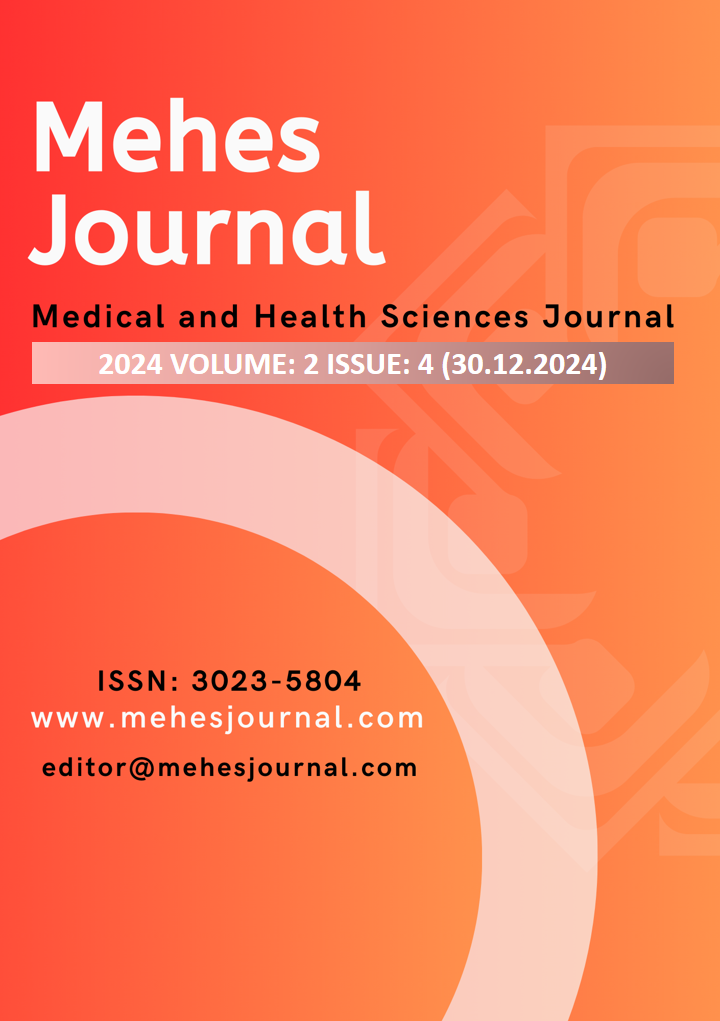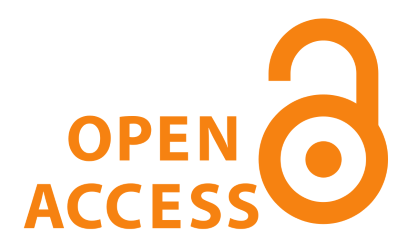Quadro Iliac Plane Block in Analgesia for Appendectomy
DOI:
https://doi.org/10.5281/zenodo.14569303Keywords:
Fascial Plane BlockAbstract
A Novel Fascial Plane Block: Quadro-Iliac Plane Block (QIPB)
Tulgar and colleagues recently introduced a novel fascial plane block known as the quadro-iliac plane block (QIPB) (1). This technique targets the quadro-iliac plane, located between the inner surface of the iliac crest and the posterior aspect of the quadratus lumborum (QL) muscle. In their preliminary study, Tulgar et al. administered 40 mL of methylene blue bilaterally into this plane. The dye exhibited a widespread distribution across the posterior and anterior surfaces of the QL muscle and the transversalis fascia. Furthermore, it reached key neural structures, including the ilioinguinal, iliohypogastric, subcostal, and genitofemoral nerves, as well as the lumbar plexus (1). These findings suggest that QIPB has the potential to be an effective tool for managing acute and chronic pain originating from the lumbosacral, abdominal, or hip regions. However, the current evidence is limited, with only a few case reports documenting its application in procedures such as lumbar spine surgery and renal transplantation (2-4).
To further investigate the clinical utility of QIPB, we evaluated its use in a patient undergoing appendectomy under general anesthesia. Postoperatively, with the patient positioned laterally, a unilateral QIPB was performed using 25 mL of 0.25% bupivacaine. Pain levels were assessed at 0, 4, 8, 12, 16, and 24 hours after the procedure using the Visual Analog Scale (VAS). The patient was managed with a standardized analgesic protocol, which included intravenous (IV) tramadol (100 mg), paracetamol (1 g), and dexketoprofen (50 mg). IV paracetamol was administered three times daily, and additional IV tramadol (100 mg) was given as rescue analgesia if the VAS score reached 4 or higher.
Pain scores were recorded as 0, 0, 1, 2, 4, and 1 at 0, 4, 8, 12, 16, and 24 hours, respectively. Rescue analgesia was required only once at the 16-hour mark. Notably, the patient experienced no adverse effects, including nausea or vomiting, during the postoperative period.
These observations suggest that QIPB may be an effective analgesic technique for appendectomy, potentially enhancing patient satisfaction and recovery outcomes. However, given the limited scope of this report, further research involving larger patient populations is necessary to validate these findings and establish the broader efficacy of this novel approach.
Thank you for considering our comments.
References
Tulgar S, Ciftci B, Ahiskalioglu A, Bilal B, Sakul BU, Girit M, et al. Ultrasound-guided quadro-iliac plane block: another novel fascial plane block. Pain Medicine. 2024;25(6):370-373.
Turan EI, Şahin AS. P152 Quadro iliac plane block in lumbar stabilization surgeries a case series. Reg Anesth Pain Med. 2024;49(Suppl 1):A309.
Turan EI, Aslan C, Berber K, Sarban O, Şahin AS. Efficacy of quadro-iliac plane block in single level lumbar discectomies: a case series for novel block. Minerva Anestesiologica. 2024;110(11):N/A.
Güngör H, Ciftci B, Koruk I, Ince A, Yanaral T, Tulgar S. A novel and promising regional anesthesia technique in living-donor renal transplantation surgery: Quadro-iliac plane block. Pain Medicine. 2024;25(12):797-800.
Downloads
Published
How to Cite
Issue
Section
License
Copyright (c) 2024 MEHES JOURNAL

This work is licensed under a Creative Commons Attribution 4.0 International License.










